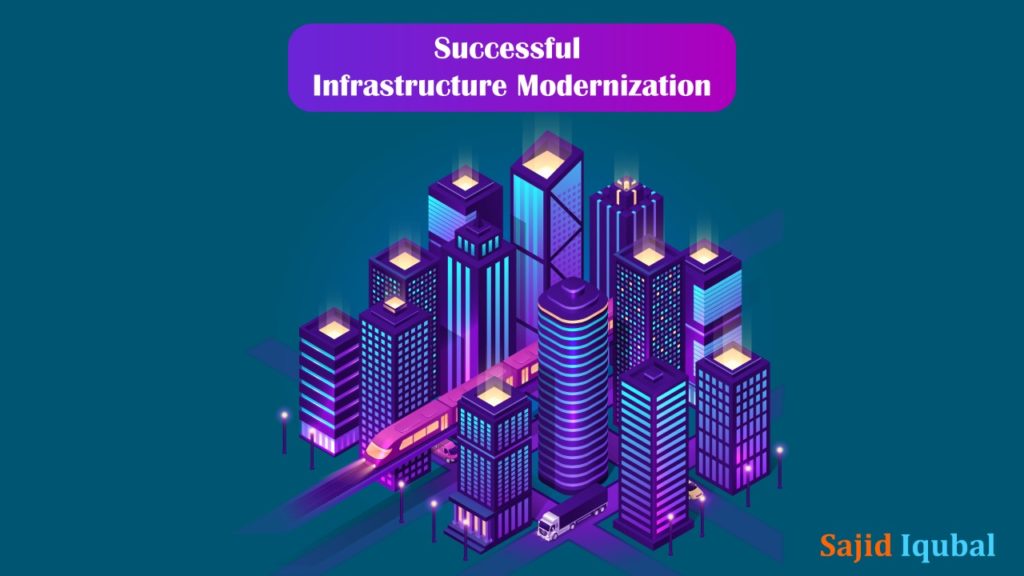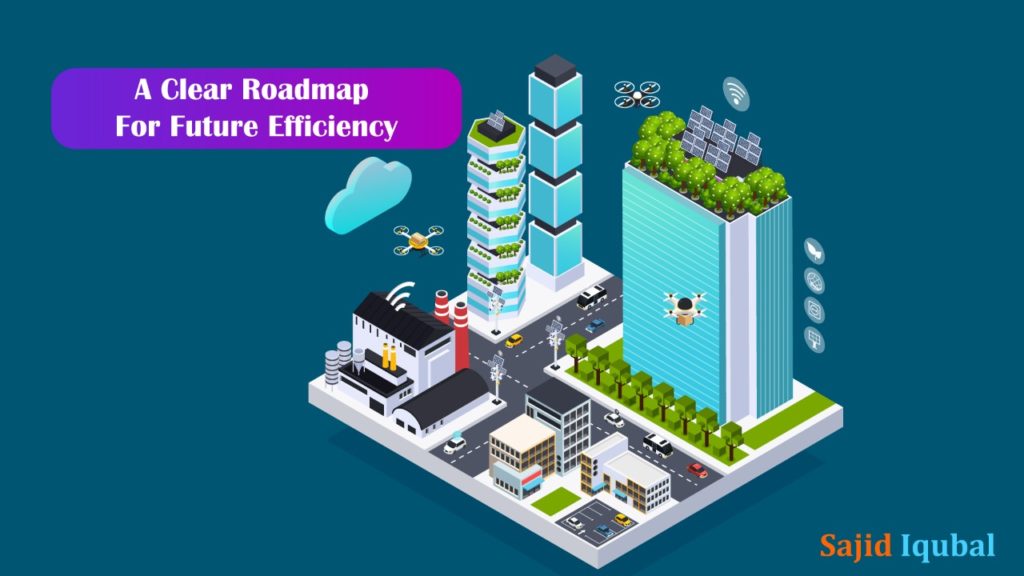“Infrastructure Modernization” is fast becoming the new popular term in business IT, but since it was coined, what it actually means, why it is becoming increasingly important, and how it originates is something that people have questions about. What can be done to overcome the challenges?
The first question is the easiest to address. The term infrastructure modernization comes from expensive struggling businesses to maintain, upgrade, and scale their digital content infrastructure requirements. It refers to infrastructure data center hardware, which includes all storage servers, network devices, operating systems, and middleware that allow companies to store, protect, and access content. It is usually expensive, troublesome to manage, update and manage, difficult to expand, and, in many cases, requires modernization.
Why Is It So Important Now?
In the digital world, times are always changing. However, many businesses change very rapidly due to mobile devices, data rules, collaboration applications, and ever-increasing data breaches – especially when it comes to growing their business and controlling content.
Most organizations today rely on the legacy of expensive, cumbersome infrastructure to keep their content needs together. Not only that, but the sheer volume of digital content needs to be stored, shared, and preserved which is growing rapidly.

Before sensitive data is lost, executives around the world are being forced to rethink their vision for content management, or the cost of scaling hardware becomes too high. To increase efficiency and take full advantage of the latest cloud technologies, they will need an effective, scalable, and rock-solid roadmap to modernize their IT environments.
Typical Pain Points
Many companies have content specifically designed to work with their business. Changing and accelerating hardware systems is not only expensive, but it may not meet their unique requirements.
Administration of file servers, back-up, and archiving solutions will continue to require costly maintenance and upgrades; And the struggle to make a disaster recovery option with a complex infrastructure will only become more difficult. The goal would be to minimize hardware and software updates somehow, reducing maintenance costs, but without limiting productivity.
The company is then hired to cooperate smoothly. Managing the impact of large files on network performance at the server site, or plowing through helpdesk calls when employees try to configure their VPNs, all to slow productivity crawls, and each system often has a separate administrative Interface is required, which makes management a long difficult slogan.
Safety and compliance are on the mind of every CISO. Today it is difficult to know if end users are following all security best practices, any of which may violate company industry or global data regulations. Additionally, the struggle to meet the needs of modern end-users led to a rapid growth in IT, with many companies struggling to maintain control.
Speaking of end-users, an inefficient content infrastructure can cause serious productivity issues, which is a problem for the entire business. It is not ideal to use a laptop remotely with flashy WiFi, but it is often unavoidable and always a struggle. Users dependent on VPN access can often find it cumbersome, and using various, unrelated platforms with multiple teams will feel any productivity gains such as pushing a snowball up a hill.
A Clear Roadmap For Future Efficiency.
When it comes to the modernization of content infrastructure, some companies choose to replace their entire infrastructure with a secure cloud-based system. But as we know, for many businesses that are not always viable options.

That is why it was decided to build Agonite as a full hybrid platform to modernize all the infrastructure while preserving previous hardware investments. Egnyte works from the core of any existing infrastructure to streamline it from the inside out. Older hardware investment is maintained, software is truncated and all content requirements are optimized.
FAQs
Q. What is infrastructure modernization?
However, there are a lot of moving parts of IT modernization. This often involves deploying, adopting, and/or upgrading on-premises, cloud, and edge platforms, and then optimizing and integrating those platforms. Other aspects include updating or deploying new applications, IT processes, and governance policies.
Q. What are the long-term benefits of modernizing IT infrastructure?
With IT infrastructure modernization, IT teams can spend more time on increasing efficiency through automation, using time saved on IT maintenance, support, and more. This enables the organization to “go-to-market” with new product features and functionalities. before this.
Q. What are the two important components of modernization?
This is why agencies are trying to support mission-critical tasks to improve their IT infrastructure. To achieve these missions, agencies need to adopt four key components of IT modernization: cloud computing, shared services, data center consolidation, and agile development.
Q. What does application modernization mean?
Application modernization is the process of updating legacy applications into a scalable, cloud-native application environment using modern technology stacks. Through this process, applications can continue to meet the expectations of the modern user as they evolve.